The Science of ST Math



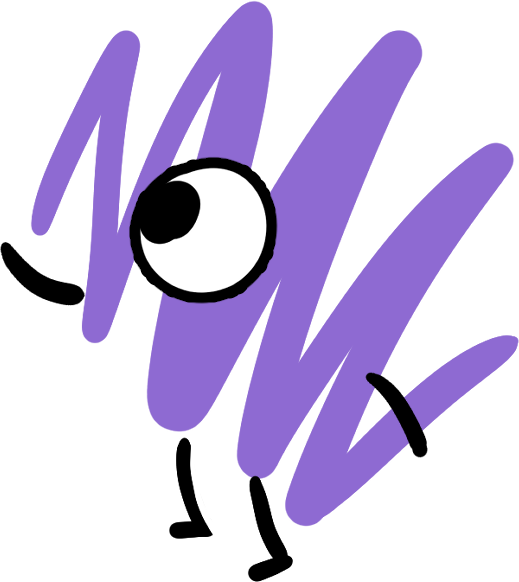
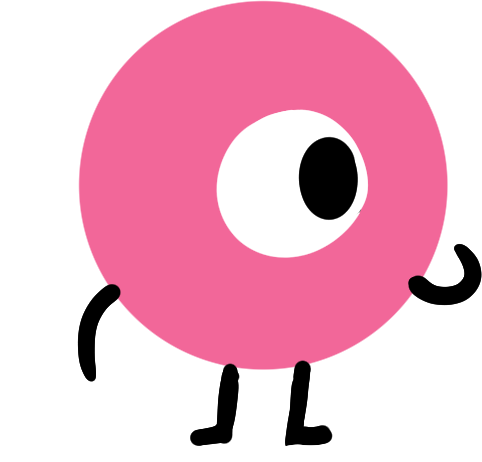
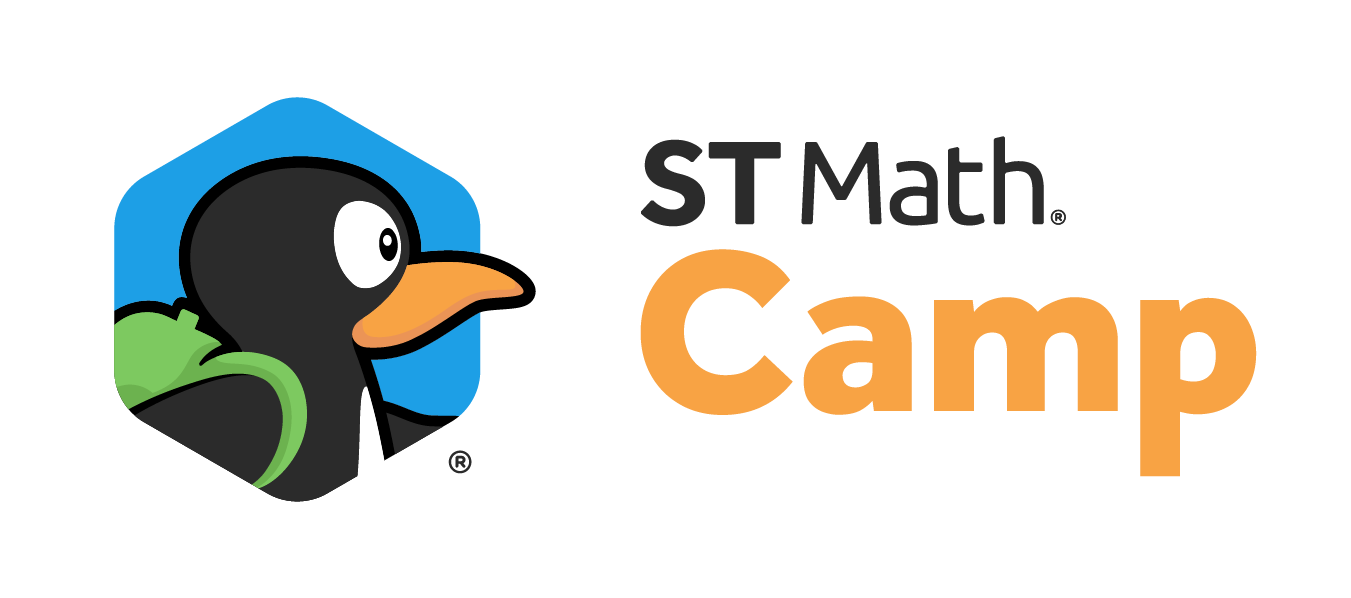

What is ST Math?
You’ve probably heard the adage, “A picture is worth a thousand words,” right? Showing rather than telling is usually more efficient and effective when conveying information, ideas, and concepts. This is especially true when it comes to mathematics.
Spatial-temporal, the ST in ST Math, reasoning involves transforming, relating, and comparing physical and mental images in space and time.
- Spatial: displayed in space
- Temporal: over time



Watch this video about Spatial-Temporal reasoning


Experience Spatial-Temporal Reasoning
Research has proven three key ideas about spatial-temporal reasoning:
-
It is a strong predictor of success at higher levels of mathematics, and it connects to mathematics at all levels, from learning to count to calculus.
-
It is innate in humans. We all have spatial-temporal reasoning abilities.
-
Spatial-temporal reasoning abilities can be increased. Even if it is challenging for you now, you can improve with practice.


Experience Spatial-Temporal Reasoning
By challenging students to figure out how to manipulate objects in space and time, ST Math helps increase spatial-temporal reasoning, and thus improves students’ understanding of math concepts.
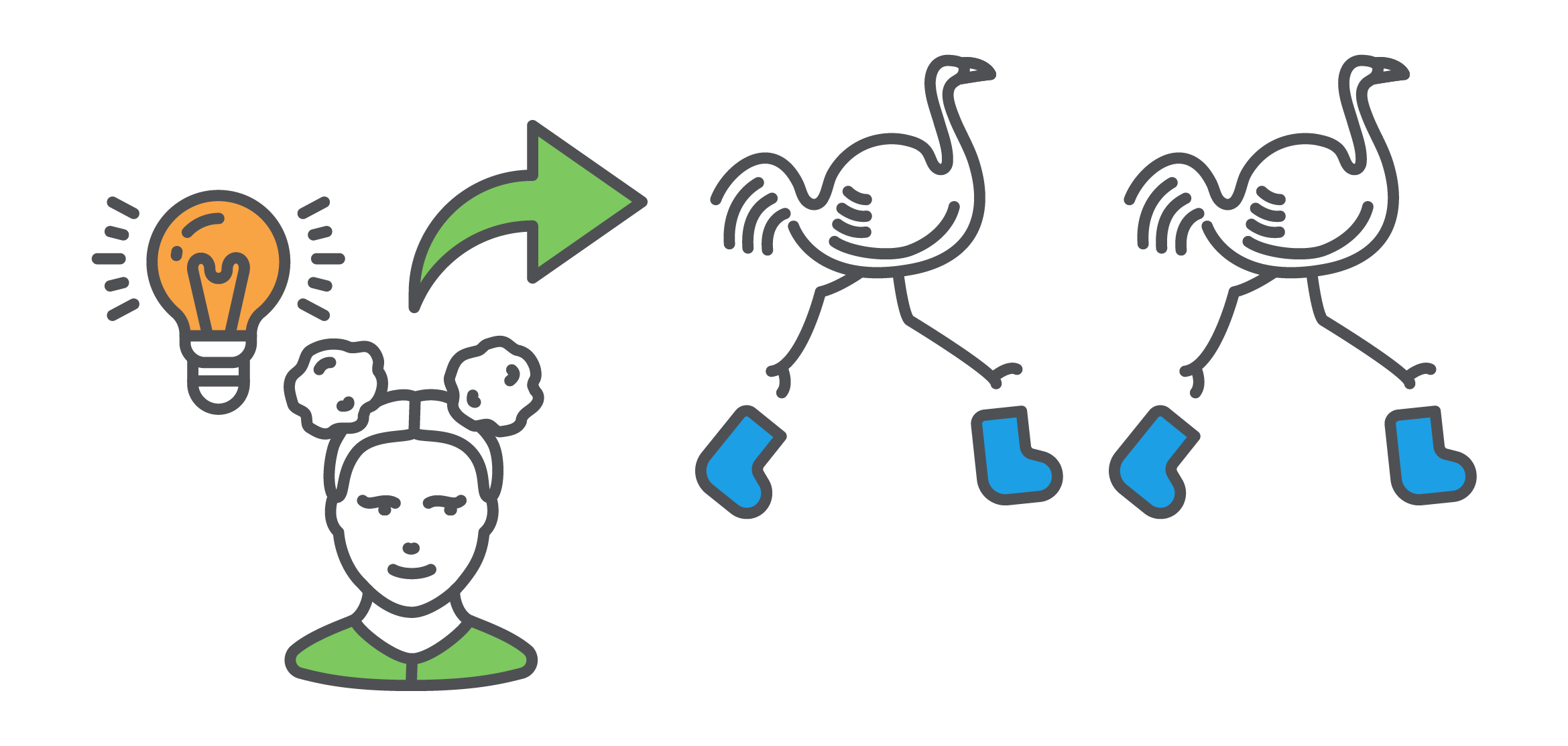


Experience Spatial-Temporal Reasoning
Play through this game called “Upright JiJi.” As you play, think about how you manipulate JiJi through space and time using spatial-temporal reasoning. There are eight puzzles that become more complex as you play -- be sure to play most of them.


The Perception Action Cycle
The Perception-Action Cycle is a way to describe human learning. It continuous flow of information and action between the brain and the world around it. It is a feedback loop that helps people build an understating of how the world works.
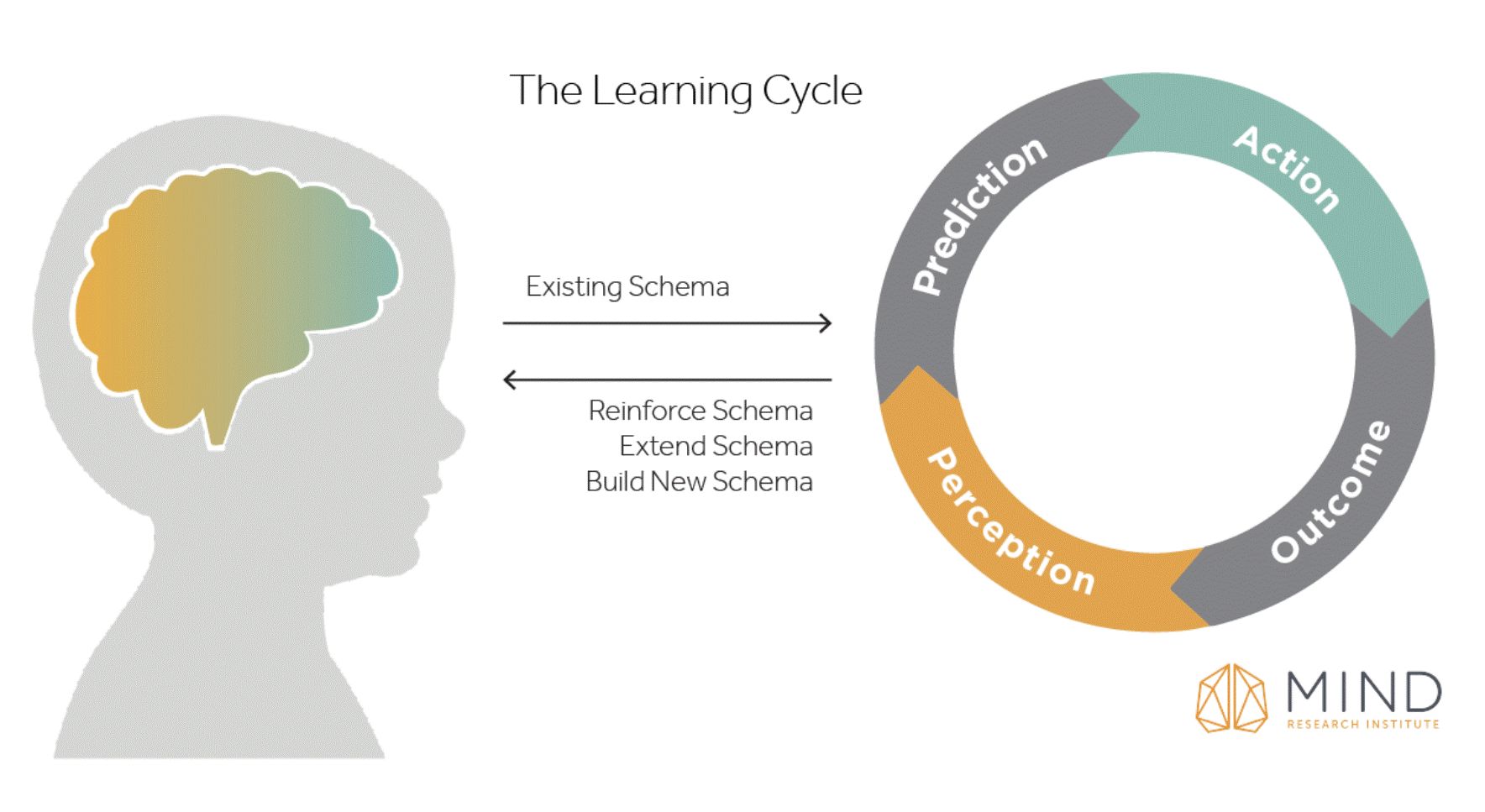


The Perception Action Cycle
View the video about the Perception-Action Cycle and note the process. Think about how you might use this information to help you understand:
- How ST Math Puzzles work.
- Why students must lead with their ideas.


Why is the screen so simple?
By limiting what is presented to students, more of their attention can stay on the task at hand. There aren't dancing monsters or blaring music -- just a visual model of a mathematical concept and a straightforward task to get JiJi across the screen. In online and textbook instructional design, this is called reducing the cognitive load. Our brains can deal with only so much information at one time because our working memory is very limited. ST Math makes sure that the math and problem-solving are the focus.
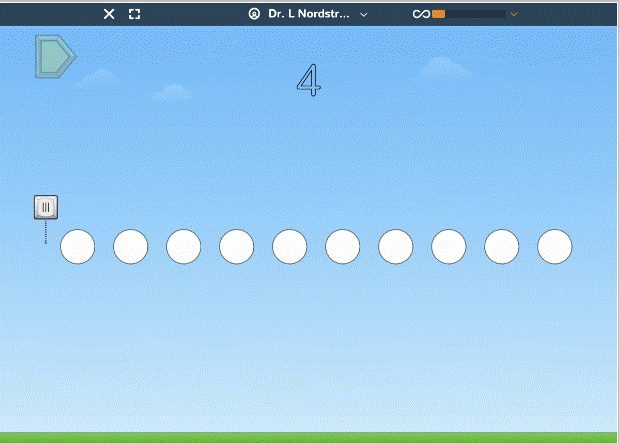
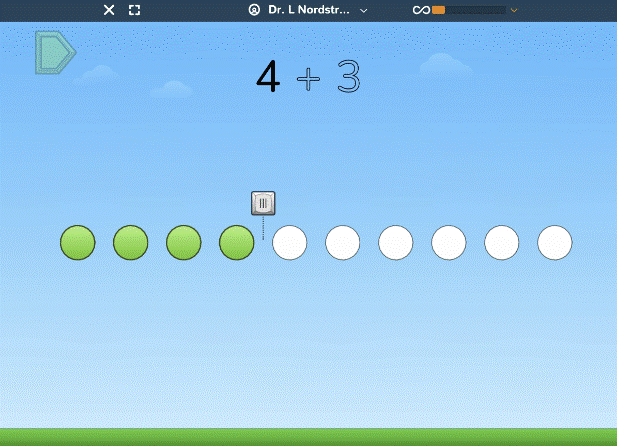



Where are the words?
ST Math’s patented approach employs a unique learning model that leverages the brain's innate spatial-temporal reasoning ability to solve mathematical problems. ST Math begins by teaching the foundational concepts visually, then connects the ideas to mathematical symbols and language.



Where are the words?
You can see for yourself how the progression works. Try moving the gray dot on the bar to the right from visual, through the connecting stages that combine the visual with the symbolic, and to the entirely symbolic.


Why is the feedback so important?
The formative feedback on every puzzle is vital to the success of ST Math.
Think about the difference between writing something on a word processor and getting immediate feedback on your spelling vs. writing something and submitting it to an instructor who gives it back a week later with all your spelling mistakes marked with red pen. Which is probably going to help you improve your spelling and keep your attitude positive?
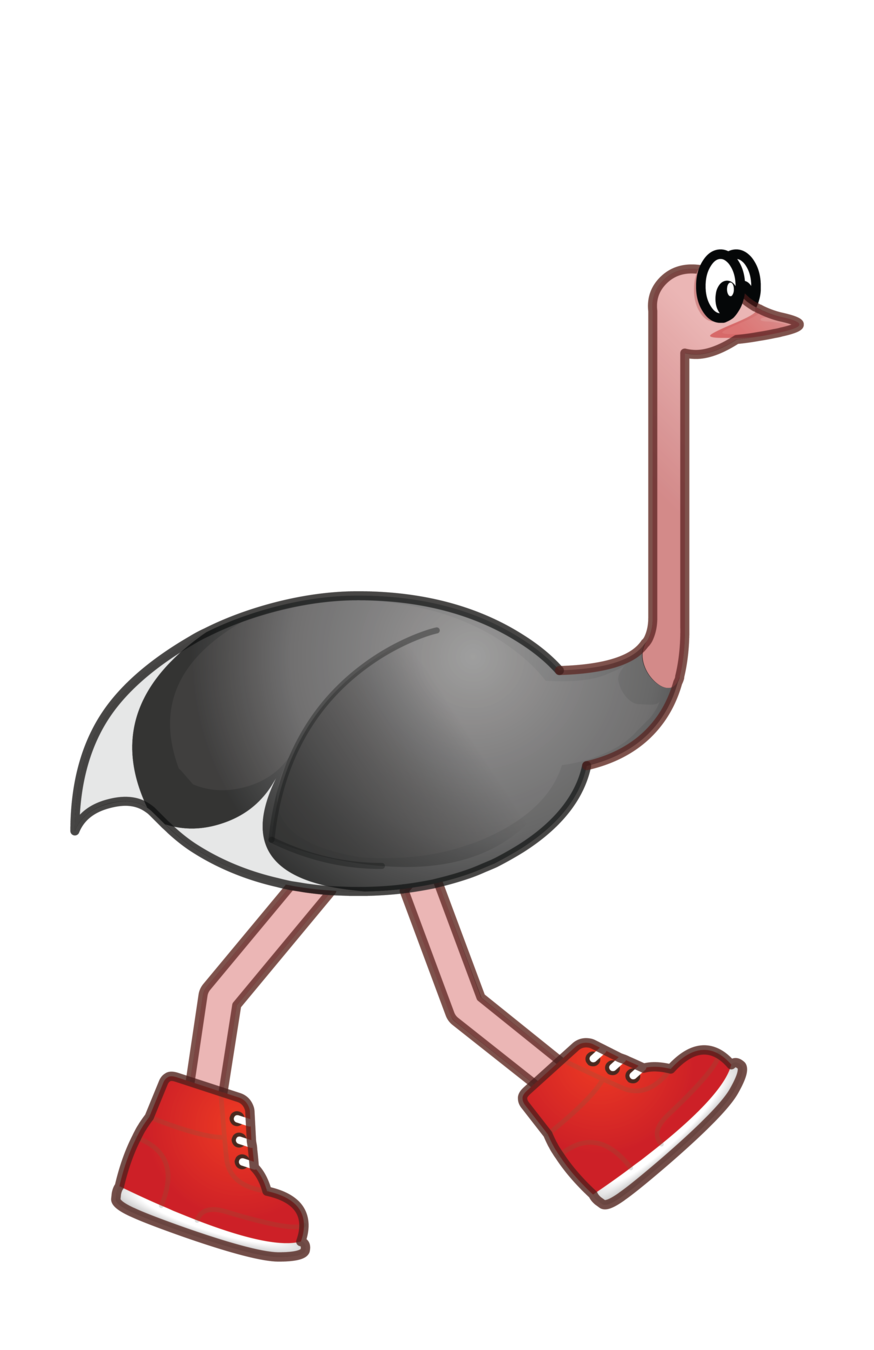






The End
A few things to remember:
- Students have everything they need to solve the puzzle on the screen. The formative feedback gives them additional information they can use to adjust their thinking.


